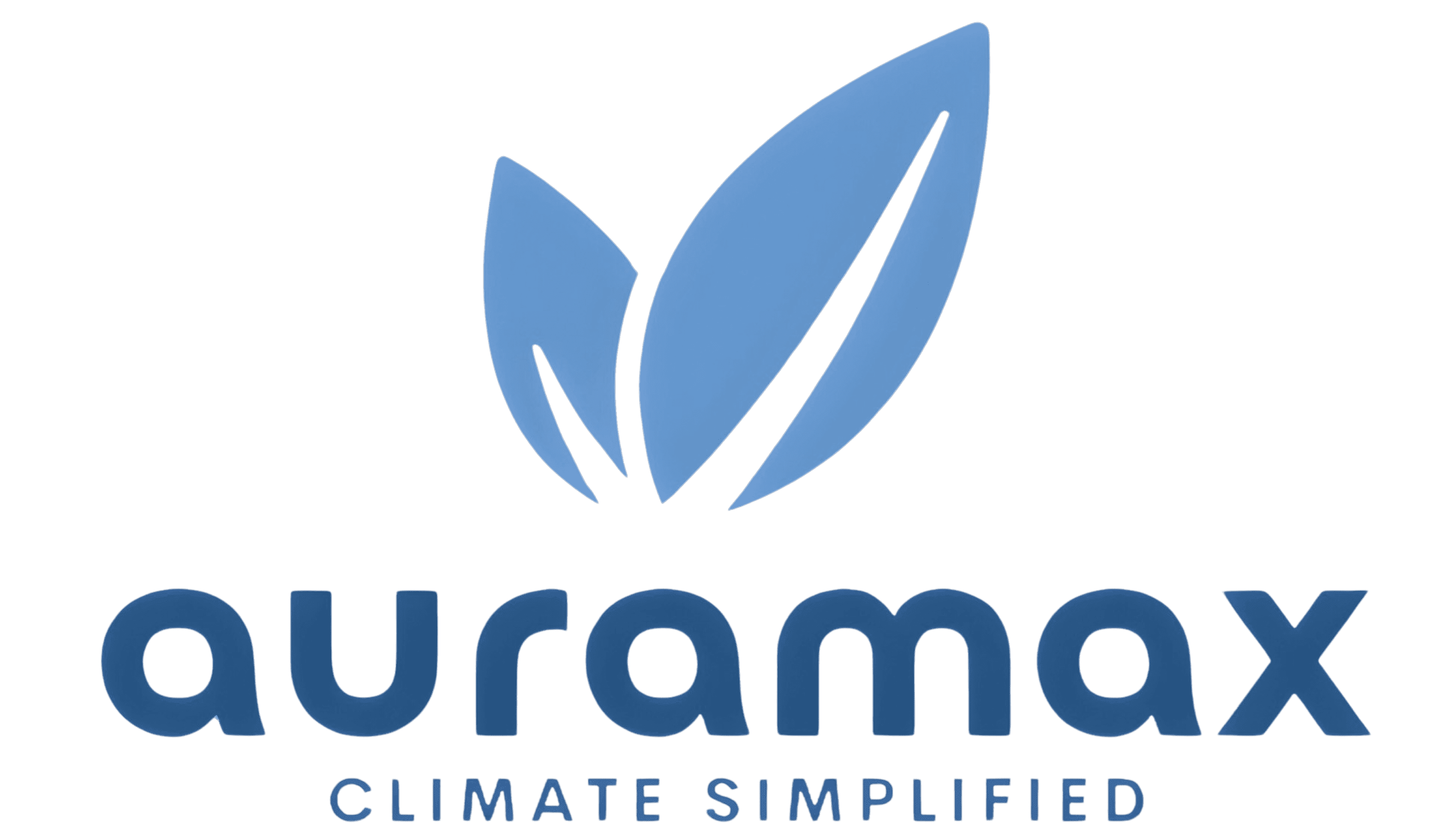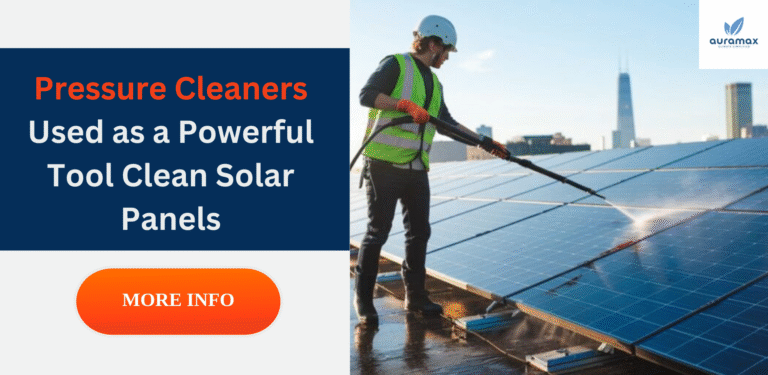Pressure cleaners commonly used for cleaning panels globally. As we all know, Solar panels help people to use lower energy bills and protect the environment. But to work in an efficient manner, they required maintenance. Dust, dirt, and bird droppings block sunlight. This lowers how energy can be generated efficiently and effectively. Clean panels give you more energy.
Many people ask, “What is the best tool to clean solar panels with?” The answer depends on where your solar panel system fits in such as, on your roof, and the type of dirt. Some tools are safe and simple such as high pressure washer UAE. Others need care or special use.
This blog shows the best tools for the job such as high pressure washer UAE. This blog will also explain how to use them in a good way for optimal results. You’ll see what works best for light dirt, heavy grime, or hard-to-reach places. At the end, you’ll know what to use, what to avoid, and how to clean panels the right way.
Why Deep Cleaning needed for Solar Panels with Pressure Cleaners?
Solar panels use maximum sunlight to generate energy which then converted into electricity. When any form of dust particles, dirt, bird droppings, or pollen dropped into solar panel, less sunlight gets through. This will ultimately lower down the level of energy output. Dirty panels may lose 15–25% of their power. That’s a big waste over time and efforts.
Many things in the environment cause solar panels to get dirty. In cities, smog sticks to the surface. In the countryside, dry soil and wind bring dust. Near the ocean, salty air leaves a layer on the glass. All of these block light from reaching the solar cells.
Bird droppings are also a common problem in our environment. They don’t wash off easily with rain. Pollen in spring can create a thin yellow film. These layers add up and reduce the system’s efficiency.
Regular cleaning helps keep panels working well. It protects your investment and saves money. Want to know how often to clean them? Read our guide: How Often Should You Clean Solar Panels?
Clean panels give more power. Don’t let dirt steal your energy.
Key Factors to Consider When Choosing Powerful Pressure Cleaning Tools
Choose tools such as high pressure washer that won’t damage your solar panels. Most panels have tempered glass. It’s strong but can still scratch. Avoid hard brushes or rough cloths.
Think about where your panels are. Roof panels are harder to reach than ground ones. You may need a long pole or a ladder. Always stay safe when working at height.
Use clean water with low pressure. High pressure can crack the glass or loosen wires. If water is limited, try water-saving tools like spray mops or squeegees.
Don’t use harsh soaps. They can leave streaks or cause chemical runoff. This can harm plants and water sources nearby. Choose eco-friendly pressure cleaners if needed.
Clean smart and safe. Good tools protect both you and your system.
Clean Panels, Maximum Power — Simple Tools, Smarter Energy.
Clear Panels. Clean Energy. Maximum Output.
Click HereOverview of Cleaning Methods and Tools
Cleaning solar panels the right way protects both their surface and performance. Below are common tools and methods people use, along with their pros, cons, and best uses.
Soft Brush with Extension Pole
This method uses a soft-bristled brush and a lightweight pole. It gently clears dust and light dirt without scratching the glass.
Pros:
- Gentle on panel surfaces.
- Cheap and easy to find.
Cons:
- Needs manual effort.
- Hard to use on steep roofs or large systems.
Best for: Light cleaning on small rooftop systems.
Solar Panel Cleaning Kits
- These kits include a soft brush, squeegee, biodegradable soap, and a water-fed pole. They’re made for solar panels.
Pros:
- Safe and gentle.
- No soap streaks or damage.
Cons:
- More expensive than basic DIY tools.
Best for: Homeowners who want a complete, safe cleaning setup.
Water-Fed Pole Systems with Deionized Water
This system uses filtered water and a pole to clean panels without chemicals. The water dries without leaving spots.
Pros:
- No soap needed.
- Quick and effective for large areas.
Cons:
- High setup cost.
- Needs access to deionized (DI) water.
Best for: Professional cleaners or large solar farms.
Robotic Solar Panel Cleaners
These machines move across panels and clean them on their own. Some use water, others use soft brushes.
Pros:
- No need to climb on rooftops.
- Works on a schedule, no manual labor.
Cons:
- Very costly to buy.
- Robots need care and repairs.
Best for: Big solar fields, commercial roofs, or remote sites.
Pressure Washers (with Caution)
- These use strong water jets or high pressure cleaners to blast away grime. Use only a wide-angle, low-pressure tip to avoid damage.
Pros:
- Removes stuck-on dirt fast.
- Saves time on tough jobs.
Cons:
- Can crack glass or damage seals.
- May void panel warranties.
Best for: Ground-level panels with heavy dirt, used only with care.
Microfiber Cloth and Hose (DIY Basic)
- This is the simplest method. Just water and a soft cloth. It’s slow but safe.
Pros:
- Very gentle and low-cost.
- Needs no special tools.
Cons:
- Takes a lot of time.
- Not ideal for many panels.
Best for: Small jobs or quick post-storm cleanups.
Each method has its place. Choose based on your system size, location, and budget. Always focus on safety and avoid harsh chemicals. Clean panels mean better power and longer life.
Tools to Avoid When Cleaning Solar Panels
Some cleaning tools can do more harm than good. Avoid abrasive brushes or rough scrubbers. These can scratch the glass and damage the anti-reflective coating. Scratches lower efficiency and may void your warranty.
Never use harsh chemical cleaners. They can corrode the surface or leave films that block sunlight. Stick to mild, biodegradable soaps if needed.
High-pressure water jets are risky. If the pressure is too strong, it can crack the glass or weaken the panel seals. Always use low-pressure settings and wide-angle nozzles if using water jets.
Metal tools or scrapers should never touch your panels. They can cause deep scratches or break the glass. Even small damage can lead to long-term loss of performance.
Choose soft, safe tools. Protect your panels and your energy savings.
Best Practices for Using Cleaning Tools
Clean panels early in the morning or late in the evening. This avoids heat stress on the glass and reduces streaks from quick drying. Always use soft or filtered water when possible, to prevent mineral spots.
Start cleaning from the top and work your way down. This keeps dirt from dripping onto cleaned areas. Follow your panel manufacturer’s cleaning instructions to stay within warranty rules.
If your panels are on the roof, put safety first. Use proper gear like harnesses or hire a professional. Safe cleaning is smart cleaning.
When to Call a Professional
Call a pro if your panels are on a steep or high roof. It’s safer and faster.
If the panels have thick grime, sap, or bird droppings, professionals have better tools to handle it. Robotic cleaners or DI water systems also work best in expert hands.
You should also consider pros for system checks, storm damage, or yearly deep cleans. They know what to look for and how to clean without harm.
Conclusion:
The best cleaning tool depends on your panel type, location, and dirt level. For pros, a water-fed pole system with deionized water gives the cleanest results with no streaks. It’s fast, effective, and leaves no residue.
For most homeowners, a quality soft brush kit is a smart and simple choice. It’s safe, easy to use, and keeps panels performing well.
Explore our recommended cleaning tools here.
Need help choosing the right tool for your solar system? Contact our team today.



